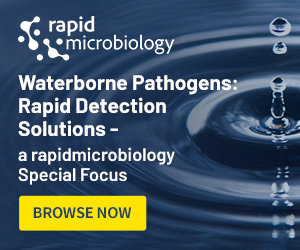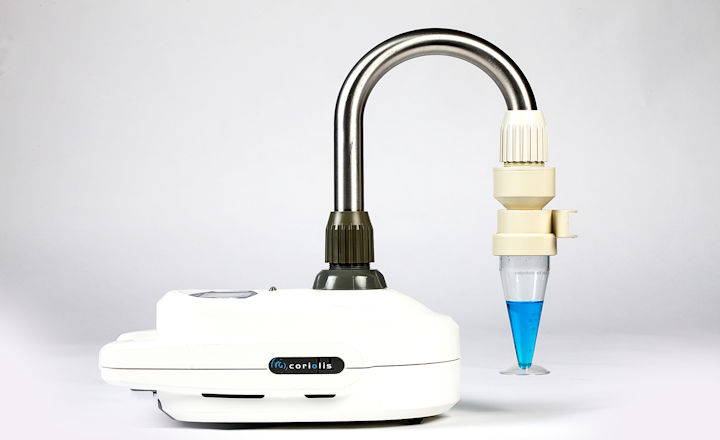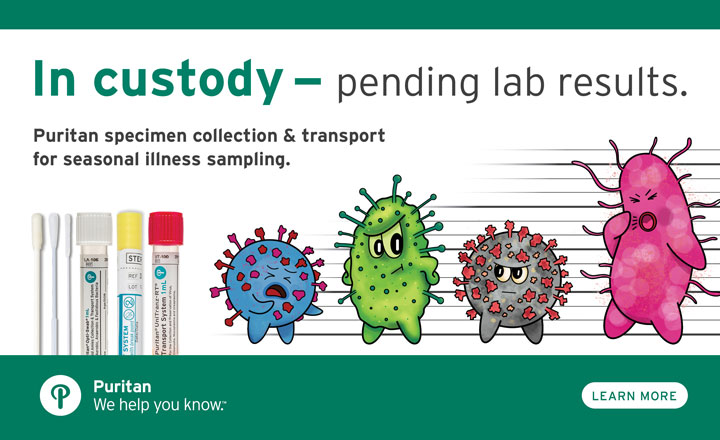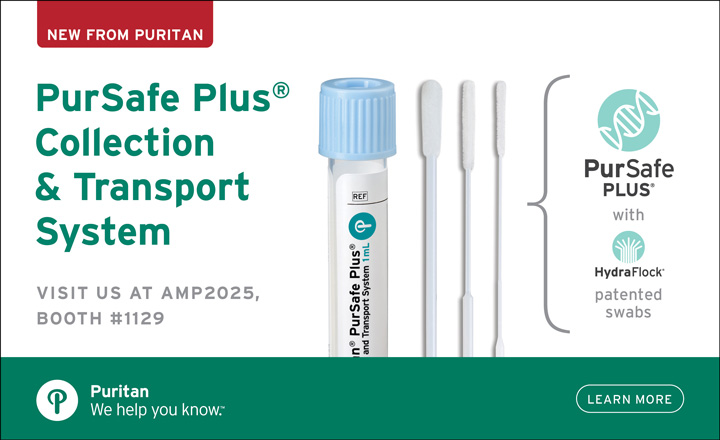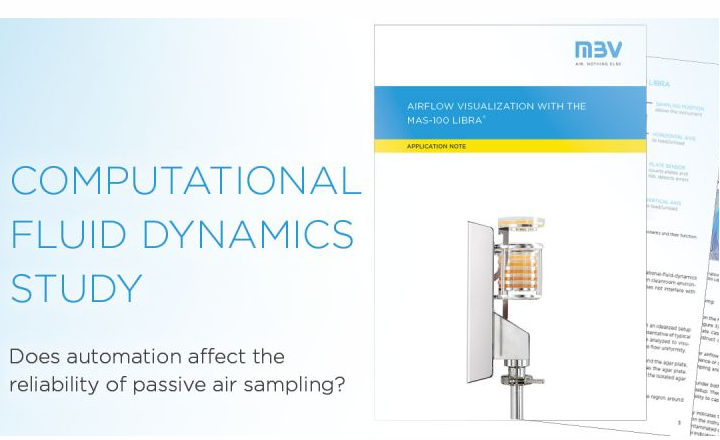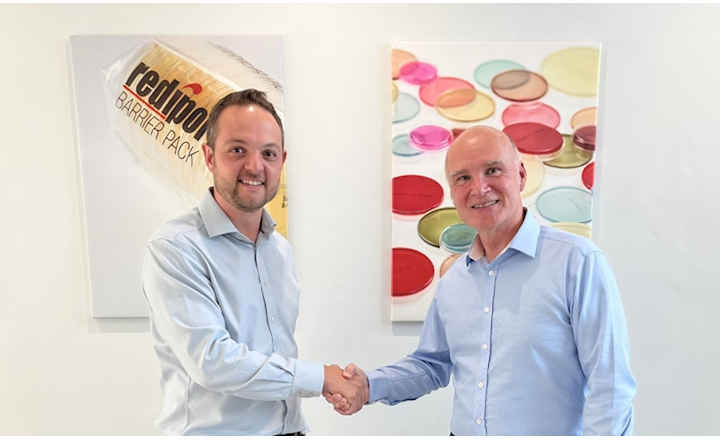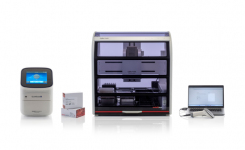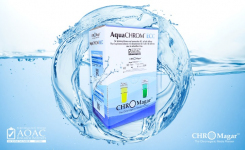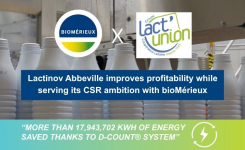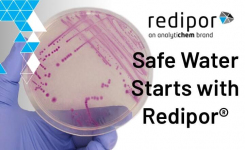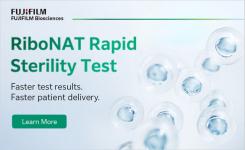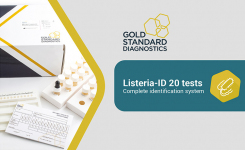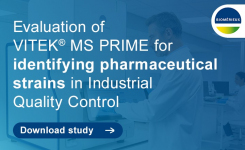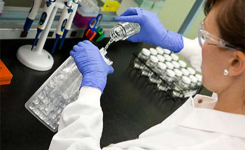The appearance of coronavirus SARS-CoV-2 and the subsequent pandemic of COVID-19 has shown biosafety to be one of the biggest challenges of this century.
While scientists are still deciphering the transmission behaviour of the virus, public health authorities struggle to elaborate strategies to ensure the safety of their citizens, post confinement.
As with most respiratory viruses, the environment is an important potential source of contamination. has found that SARS-CoV-2 can remain viable in aerosols for at least 3 hours, and days on surfaces.
If no vaccine is to be found before 2021 – as seems increasingly likely – then reliable environmental air monitoring solutions will become critical in the safe reopening of public areas, such as schools and restaurants. Such solutions will also help understand and prevent the infection of healthcare workers in hospitals.
The detection of viruses in air samples presents many challenges: compared to other microorganisms, viruses are present in the air at a very diluted ratio which translates in the necessity of sampling a relatively large amount of air to have reliable analyses results – a few m3.
The integrity of the virus also has to be maintained through each step of the workflow to have reliable virus viability estimates.
Traditional air sampling devices are often impedimented by low airflow rates, which translates into a time-consuming sampling process for viruses.
Bertin Technologies has developed air samplers that can be used for the detection and monitoring of airborne viruses in a wide range of environments, from hospitals to office buildings.
In this white paper, Bertin present the best practices for virus monitoring in air samples and describe how experts have used Bertin’s Coriolis air samplers in a wide range of environments: hospitals, farms, and industrial settings, for the detection of different airborne viruses: RSV (Respiratory Syncytial Virus) rotaviruses, influenza A and bacteriophages.
Understand the transmission behaviour of SARS-CoV-2 in the air with Coriolis μ Air Sampler
In this document, Bertin Technologies presents how researchers in Imperial College London have been evaluating SARS-CoV-2 surface and air contamination in a hospital during the peak of the COVID-19 pandemic in London, using surface swabs and the Coriolis μ air sampler coupled with RT qPCR and viral culture.
The Coriolis µ (Micro) Air Sampler is used in Asia and Europe to collect Coronavirus (SARS-CoV-2), and help combat its spread
The Coriolis µ air samplers, from Bertin Technologies, has been extensively used by the Centres for Disease Control and Prevention (CDC) of Shenzen and Guangzhou, as well as the South China Institute of Environmental Sciences to collect coronavirus SARS-CoV-2 responsible for COVID-19 and clearly evaluate the risk of aerosol contamination in critical areas. It is also currently in use in Europe to collect the virus in hospitals environment.
Early warning, detection, or identification of air contamination is crucial to combat a disease spread. Many diseases caused by biological agents are highly contagious, and during this time lag, infected people continue to spread the disease, increasing its reach. Additionally, difficulties in detecting biological agents is a significant issue for homeland security. That is why Bertin Technologies developed a range of air samplers to collect all types of microorganisms in the air for the control of airborne contamination.
Within this range, Coriolis µ has been chosen in China to help detect & collect the coronavirus in public places such as metro station. The Coriolis µ is a portable, light bio-air sampler for biological agents’ detection. Based on a cyclonic technology, combined with a high airflow rate, Coriolis µ offers an efficient particles collection in 10 minutes, adapted to such an epidemic situation. Biological particles such as toxins, viruses, bacteria, molds, pollens and spores are collected and concentrated in a liquid ready to be analyzed with microbiological, cellular and molecular biology methods.
The Coriolis µ air sampler has already been used in French hospitals for monitoring winter epidemics of bronchiolitis & gastro-enteritis. It has been shown that the Coriolis µ air sampler coupled with PCR detection method can detect viruses in a narrow patient environment and thus prevent from epidemic dissemination. The Coriolis µ can be used for:
- Contaminated area monitoring.
- The safety control of an area after decontamination
- The risk levels mapping of different environments.




